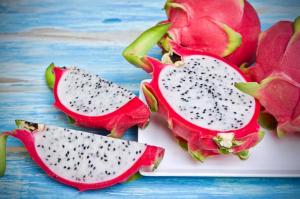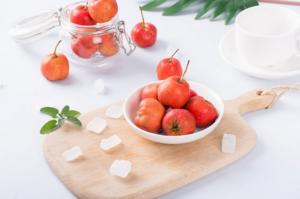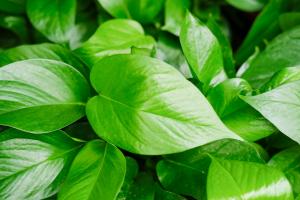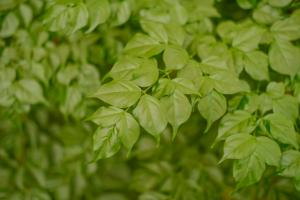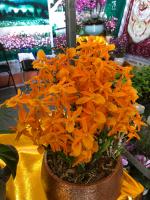Why do Tomato Plant Leaf Curl?
Tomato plants are a favorite for gardeners due to their easy maintenance and bountiful harvests. However, tomato plant leaf curl is a common issue that gardeners face. This phenomenon can be perplexing for many, and in this article, we will explore the reasons behind why tomato plant leaves curl.
Environmental Factors
One of the primary reasons why tomato plant leaves curl is environmental factors. High temperatures, high humidity levels, and excessive sunlight can cause the plant's leaves to curl. In addition, drought stress or overwatering can also lead to leaf curling.
Tomato plants are typically grown in warm summer environments, and when the temperature is too high, the plant may lose water too quickly, causing the leaves to curl. Moreover, excessive exposure to sunlight without adequate hydration can lead to stress and ultimately, leaf curling.
The best way to prevent environmental stress from causing tomato plant leaf curl is to provide appropriate shading or avoid planting tomatoes in direct sunlight. Additionally, ensuring adequate soil moisture and avoiding over or under watering is essential.
Pest Infestations
Another common cause of tomato plant leaf curling is pest infestation. While tomato plants are generally not susceptible to many pests, whiteflies and aphids are known to cause significant problems. These pests extract plant juices, and as the plant tries to regenerate the lost sap, the leaves curl as a mechanism to reduce water loss.
If you notice curling tomato plant leaves, it is essential to inspect the plant for pests. You can gently shake the plant, and if you notice small bugs flying away, it is likely that the plant is infested.
Using natural pest control methods such as insecticidal soap, neem oil, or introducing beneficial insects such as ladybugs can help eliminate pest infestations and prevent tomato plant leaf curl.
Nutrient Deficiencies
Tomato plant leaf curl can also be caused by nutrient deficiencies. Plants require a combination of macronutrients such as nitrogen, phosphorous, and potassium as well as micronutrients such as iron, magnesium, and boron. When a plant is deficient in essential nutrients, it fails to produce healthy and strong foliage and can cause leaf curling.
If your tomato plants are showing signs of leaf curling and stunted growth, it may be time to fertilize the plant with a balanced fertilizer. Ensure you follow the manufacturer's instructions, as over-fertilizing can lead to other complications such as foliage burn or root damage.
Disease
Diseases are another cause of tomato plant leaf curling. Some of the most common tomato plant diseases that cause leaf curling include tomato yellow leaf curl virus, curly top virus, and tomato mosaic virus. These viruses are prevalent, and they can cause significant damage to plants, leading to poor growth, fruit damage, and ultimately plant death.
If your tomato plants are experiencing leaf curling, stunted growth, and abnormal foliage patterns, you should inspect them for symptoms of disease. You can consult a professional horticulturist or plant pathologist to identify the specific disease and determine the best course of treatment.
Conclusion
Tomato plant leaf curling can be caused by several factors, including environmental stress, pest infestations, nutrient deficiencies, and disease. By following best growing practices, providing adequate shading, and using natural pest control methods, you can prevent leaf curling and ensure healthy tomato plant growth.

 how many times do yo...
how many times do yo... how many planted tre...
how many planted tre... how many pine trees ...
how many pine trees ... how many pecan trees...
how many pecan trees... how many plants comp...
how many plants comp... how many plants can ...
how many plants can ... how many plants and ...
how many plants and ... how many pepper plan...
how many pepper plan...